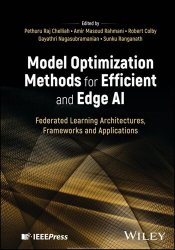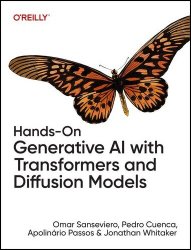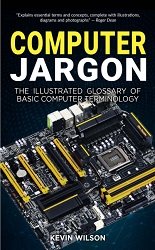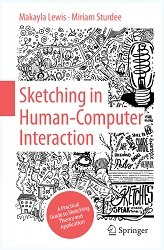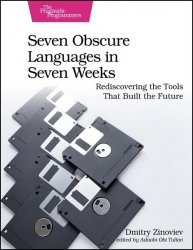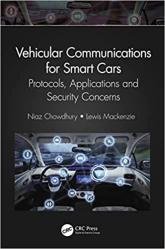 Название: Vehicular Communications for Smart Cars: Protocols, Applications and Security Concerns
Название: Vehicular Communications for Smart Cars: Protocols, Applications and Security ConcernsАвтор: Niaz Chowdhury, Lewis Mackenzie
Издательство: CRC Press
Год: 2022
Страниц: 216
Язык: английский
Формат: pdf (true)
Размер: 17.1 MB
This book comprehensively covers a wide range of topics from the smart transportation domain. It discusses protocols, applications, and security concerns in various vehicular networks using examples and easy-to-understand figures. The book's first four chapters focus on vehicular network protocols and applications, while the remaining four chapters incorporate security, trust, and privacy issues with examples from real-life cases. The book concludes with a vision of what to expect in the near future and will be an invaluable resource for anybody interested in this nascent technology and its variegated applications.
A Vehicle to Vehicle (V2V) communication system can offer a wide range of powerful applications to improve the driving experience. The safety applications that such a technology would enable could undoubtedly greatly reduce the number of accidents. At the same time, value-added services such as digital maps, traffic information, and better routing could enhance the driving experience and shorten travel times. Entertainment applications such as web browsing, reading, gaming, movies, and music could make the journey more pleasant for passengers. These applications require appropriately designed underlying protocols and supporting technologies to make them available securely in a highly mobile environment.
This book offers eight chapters that examine the main underlying elements that might make a regular vehicle smart. Nevertheless, it would be impossible to cover a broad topic like V2V communication with appropriate depth in a single book of this nature and emphasis is given, rather, to addressing the key issues that arise in the area. The use of the Internet of Things (IoT), Big Data, and broadcasting techniques is examined in various chapters, emphasizing security, warning dissemination, the communication networks available, and other enabling technologies such as blockchain.
Chapter 1 reviews the IoT-enabled use of visible light optical camera communication in smart cars. Chapters 2 and 3 describe the accident warning system and its use of broadcasting in message dissemination, respectively. Chapter 4 reviews a business aspect in the mix by investigating the uses of Big Data in smart city transportation to accelerate business growth. Chapter 5 takes a futuristic approach to secure smart vehicles using blockchain technology in the quantum era. The remaining three chapters, 6, 7, and 8, investigate security issues in autonomous vehicles, communication networks, and accident warning systems.
The exponential increase in data rate usage by end users is constantly increasing the demand of capacity of wireless protocols. Optical wireless communication (OWC) offers a huge, unregulated bandwidth spectrum that is unoccupied and can be utilized in communication to alleviate the radio frequency (RF) spectrum crunch. Furthermore, in the past decade, OWC has diverted the attention of researchers to meet the growing data traffic demand and to offload the congested RF networks. The LED market is growing at a fast pace, and as a result visible light communication (VLC) systems deploying LEDs are increasingly being used in numerous applications. The Internet of Things (IoT) is an outstanding evolution that enables communication between numerous devices through sensors, actuators, embedded systems, and various other technologies via the Internet.
Скачать Vehicular Communications for Smart Cars: Protocols, Applications and Security Concerns
[related-news] [/related-news]
Комментарии 0
Комментариев пока нет. Стань первым!
